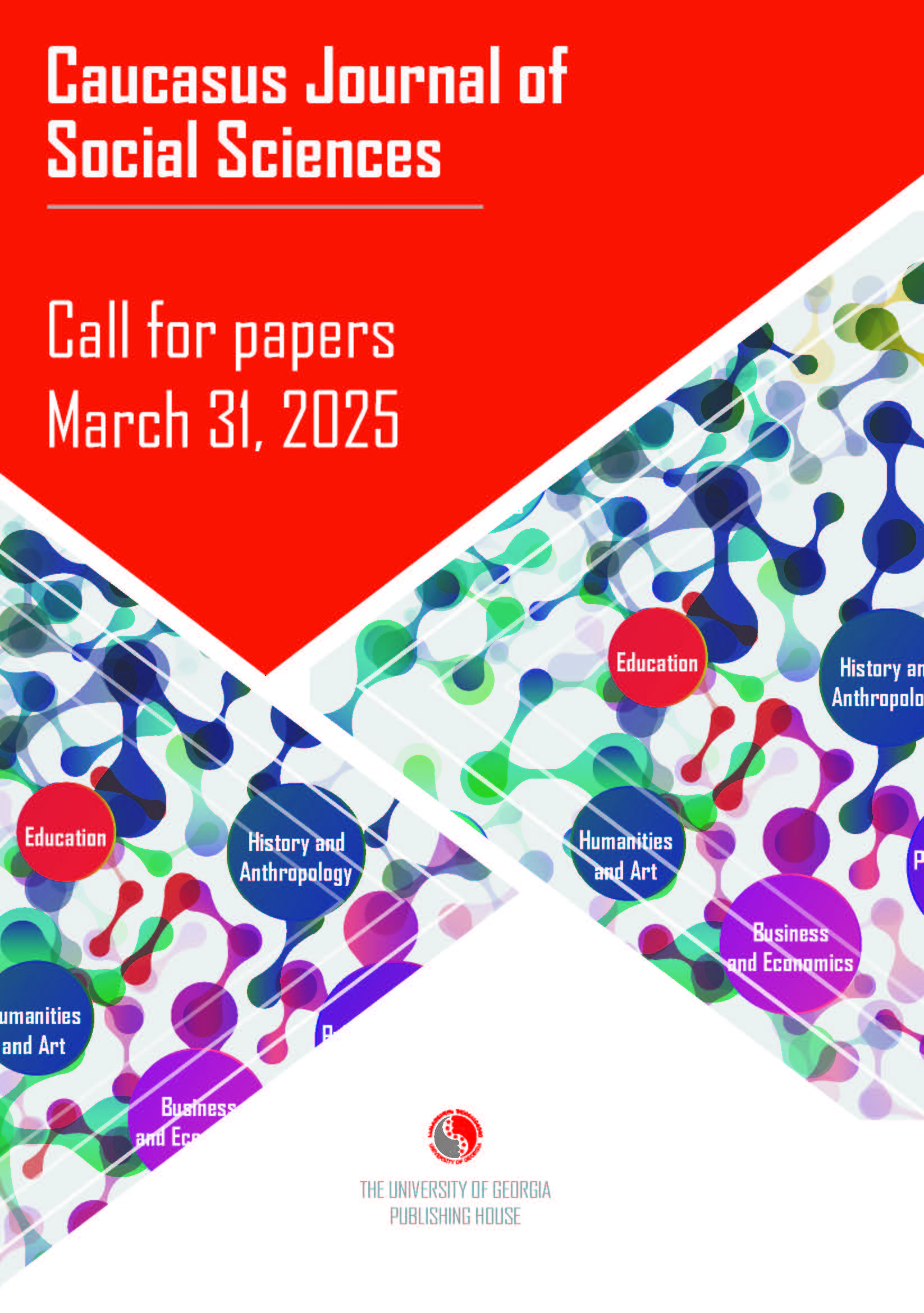Determining Factors Influencing Female Labor Force Participation in the South Caucasus
DOI:
https://doi.org/10.62343/cjss.2016.155Keywords:
female labor force participation, logistic regression, Caucasus Barometer household surveyAbstract
The effects of various socio-economic variables on female labor force participation were examined by estimating a logit model for Armenia, Azerbaijan, and Georgia. The data obtained from the Caucasus Barometer household survey for 2010 conducted by the Caucasus Research Resource Center (CRRC) regional offices were used. The sample consisted of female respondents aged 18 or older. According to the estimation results, residing in the capital city was inversely related to female labor force participation in Armenia. Having at least higher education and secondary technical education positively affected female labor force participation in Armenia, Azerbaijan, and Georgia. In Armenia, being divorced or separated or widowed was positively associated with female labor force participation. Having monthly household income of $401 or more positively impacted female labor force participation in Armenia, Azerbaijan, and Georgia. An attitude of rather agreeing with the statement that men should have more right to a job when jobs are scarce was negatively associated with female labor force participation in Armenia and Georgia. An attitude of completely agreeing with the statement that men should have more right to a job in case of job scarcity was negatively associated with female labor force participation in Azerbaijan. A negative relationship was found between age and female labor force participation in Armenia, Azerbaijan, and Georgia. Finally, household size and female labor force participation were negatively related in Azerbaijan.
Downloads
Published
How to Cite
Issue
Section
License
Copyright (c) 2023 Rafael Bakhtavoryan, Tatevik Zohrabyan

This work is licensed under a Creative Commons Attribution 4.0 International License.
In case an article is accepted for publication it is allowed to combine the article with other research, to conduct new research on the article, or to make different arrangements on condition that the same license is used including commercial purposes.
As an author of an article published in the Caucasus Journal of Social Sciences, you retain the copyright of your article and you are free to reproduce and disseminate your work.











